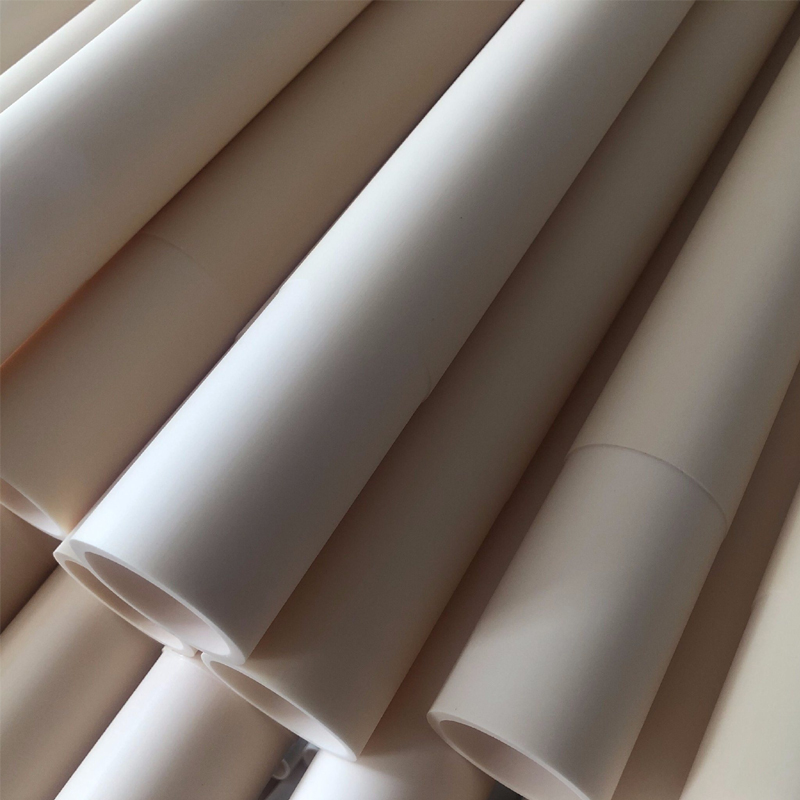Best practices for installing and maintaining alumina ceramic tubes

In numerous industrial fields, alumina ceramic tubes are widely used due to their excellent properties, such as high hardness, wear resistance, high-temperature resistance, and good chemical stability. However, proper installation and effective maintenance are crucial for ensuring the full utilization of their performance and extending their service life. Today, we will provide our customers with a detailed introduction to the best practices for installing and maintaining alumina ceramic tubes, helping them solve the challenges in practical applications.
Installation Section
Before installing the alumina ceramic tube, it is of vital importance to carefully inspect whether the pipeline and related fittings have defects such as damage and cracks. Any slight flaw may lead to serious problems during subsequent use. At the same time, ensure that the installation site is clean to avoid impurities from mixing in and affecting the installation effect.
During the installation process, the operation should be carried out strictly in accordance with the design requirements. Since the alumina ceramic tube is relatively brittle in texture, it is necessary to exercise extra care during handling and installation. It should be handled gently to prevent collisions. Use appropriate installation tools, such as soft tools like a rubber hammer, for tapping to avoid causing damage to the ceramic tube. For the connection parts, ensure good sealing. Appropriate sealing materials, such as high-temperature resistant sealant, can be selected to prevent leakage.
In addition, a reasonable support design is indispensable. According to factors such as the length of the pipeline, the pipe diameter, and the working pressure, appropriate support points should be set up to evenly distribute the weight of the pipeline, reduce the stress generated by gravity and vibration, and prevent the pipeline from deforming or being damaged.
Maintenance Section
Daily maintenance is the key to ensuring the long-term and stable operation of the alumina ceramic tube. Regularly inspect the appearance of the pipeline to check for any abnormal conditions such as wear, corrosion, cracks, etc. If slight wear is found, repair measures can be taken in a timely manner, such as applying a wear-resistant coating. Once cracks or serious corrosion are detected, the damaged parts should be replaced immediately to prevent the expansion of the failure.
It is also very important to keep the inside of the pipeline clean. Regularly clean the pipeline to remove internal impurities, sediments, etc., to prevent them from causing wear or blockage to the inner wall of the pipeline. When cleaning, select appropriate cleaning methods and cleaning agents according to the nature of the medium inside the pipeline to avoid causing chemical damage to the ceramic tube.
For the alumina ceramic tubes that operate in a high-temperature environment, close attention should be paid to their operating temperature. Avoid excessively high temperatures or large fluctuations, as extreme temperature changes may cause uneven thermal expansion and contraction of the ceramic tubes, leading to the generation of cracks. A temperature monitoring device can be installed to keep track of the pipeline temperature in real time, and corresponding cooling or thermal insulation measures should be taken.
By following the above best practices for the installation and maintenance of alumina ceramic tubes, customers can effectively improve the performance of the pipelines, reduce the occurrence of malfunctions, and lower operating costs. If you encounter any questions or difficulties during the installation and maintenance process, you are welcome to contact our professional technical team at any time. We will wholeheartedly serve you and help your production and operation proceed smoothly.

